Continental shift: tracing Africa’s urban transformation through photography
Africa’s changing landscapes are beautifully captured by a new generation of home-grown photographers, introduced here and in a new book by Ekow Eshun
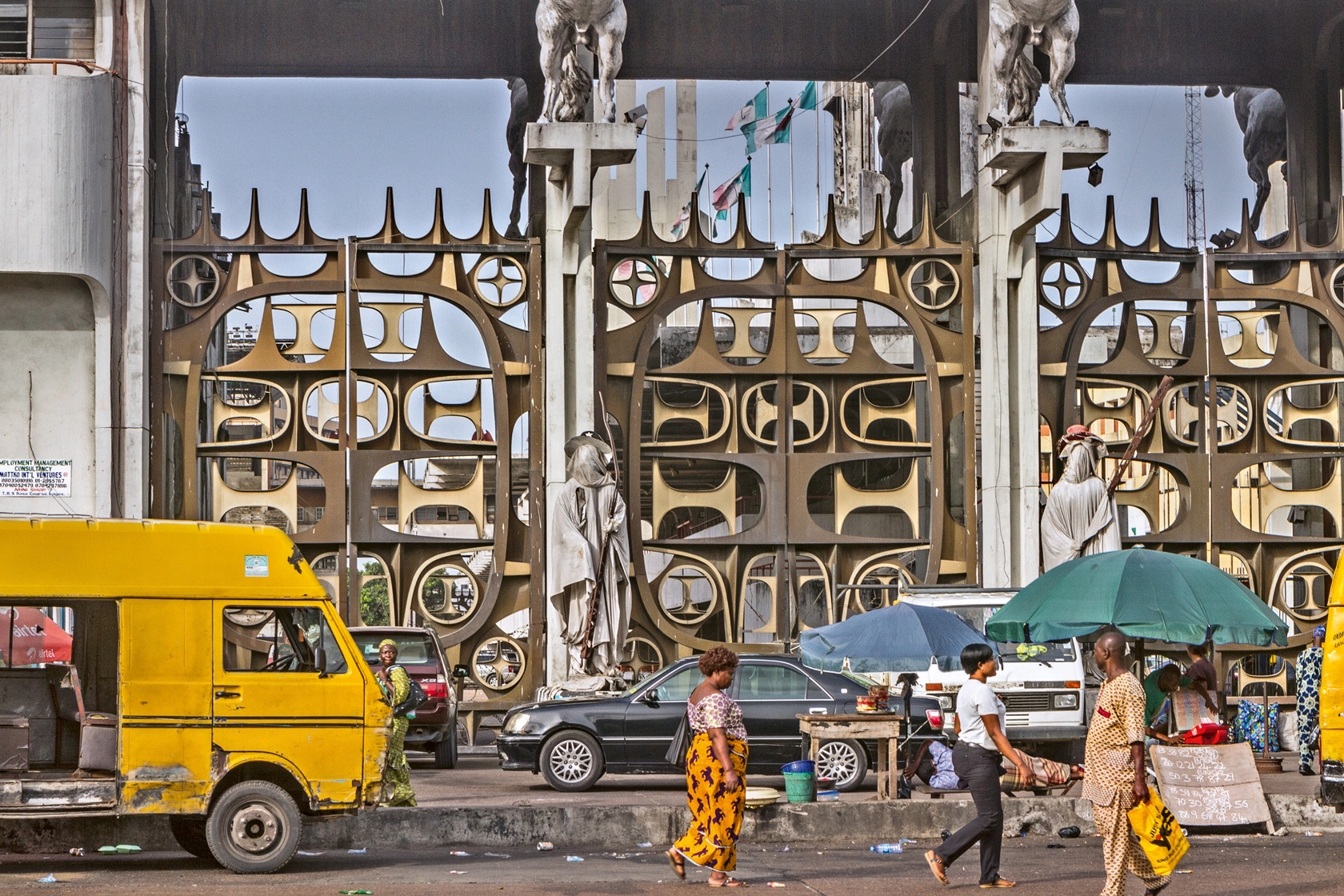
In 1960, Nigeria declared independence, freeing itself of British colonial rule. At the time, Lagos, its main urban centre, was a modest coastal city. Cars were sparse on the road and you could drive out of town with ease, low buildings giving way to fields, forests and scattered villages as you went.
Two generations on, Lagos has undergone a breathtaking transformation. Now one of the ten largest cities on the planet, it is a vast sprawling conurbation that covers more than 1,000 sq km, with a population that has expanded 100-fold, from under 200,000 in 1960 to over 20 million today. By 2100, it’s estimated Lagos will be the largest metropolis on Earth, with some 100 million people.
A post shared by Wallpaper* (@wallpapermag)
A photo posted by on
Breakneck growth, though, comes at a cost. As more and more people flood into the city, an already overwhelmed infrastructure system struggles to cope. Fewer than ten per cent of residents have access to public running water or sanitation. Two thirds live in slums. Traffic jams (‘go slows’) choke the streets and fill the air with noise and exhaust fumes. Yet life goes on. From the vast open-air markets to the street vendors hustling their wares amid the stationary traffic, the city buzzes with barely containable energy.
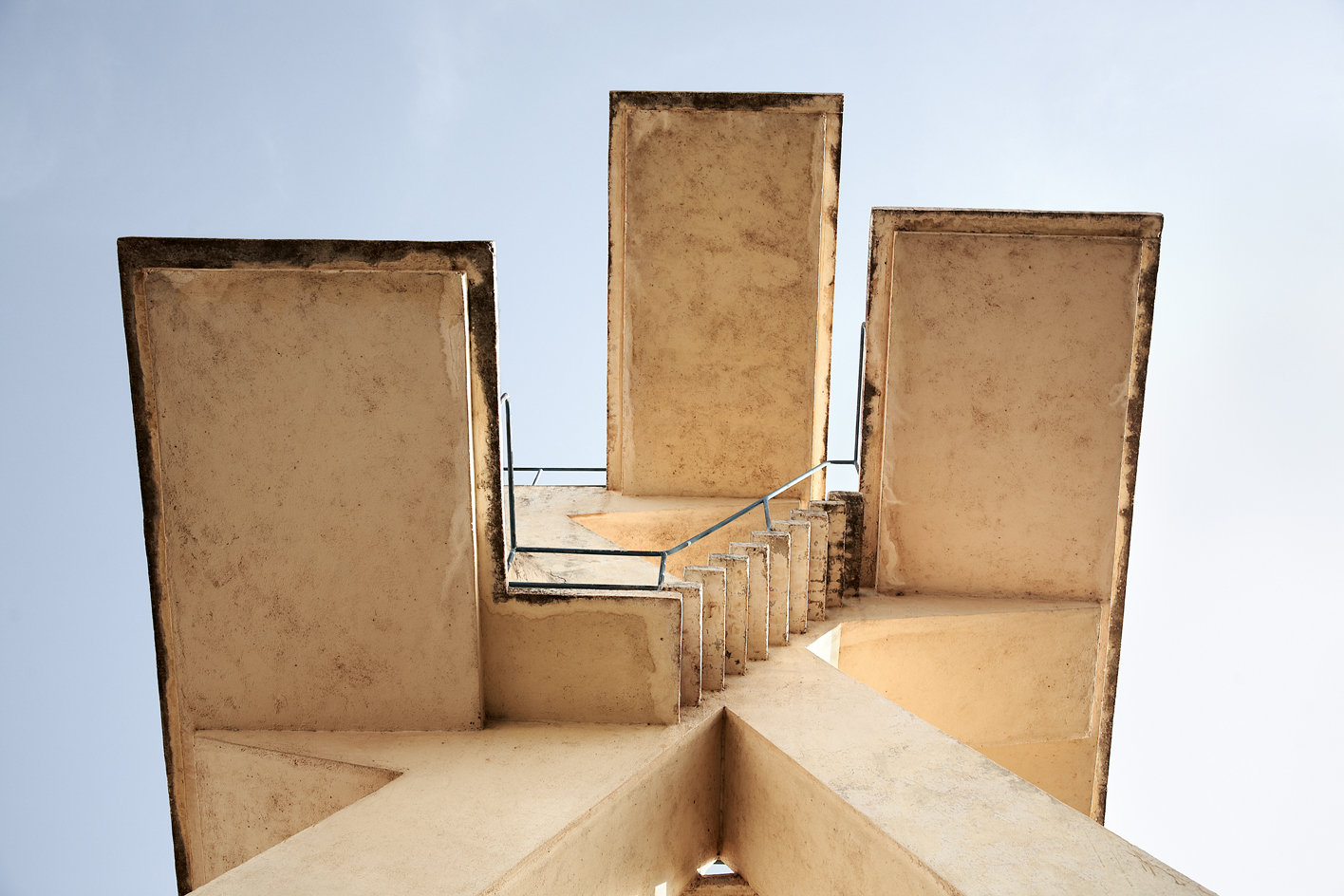
François-Xavier Gbré, Swimming Pool III, Bamako, 2009
Photographer Andrew Esiebo was born in Lagos, and his pictures seek to capture the metropolis in all its cacophony and unlikely beauty. In his images, the city’s apparent disorder of traffic and people, of construction sites and shantytowns, resolves itself into mesmerising shapes and patterns and colours. What emerges is a place of exhilarating, if exhausting, dynamism. A city making and remaking itself in the image of its growing population. As Rem Koolhaas once noted wonderingly, Lagos ‘inverts every essential characteristic of the so-called modern city. Yet it is still – for lack of a better word – a city; and one that works.’
Esiebo’s pictures of Lagos are featured in my latest book Africa State of Mind, which gathers the work of an emergent generation of photographers from across the African continent and its diaspora, each of whom has a unique perspective on what it looks like, and how it feels, to live in Africa today.
‘African photographers are increasingly telling their own stories of the continent and its people in compelling imagery rich with poetry and nuance’
It’s a timely moment to be looking at Africa. Popular perceptions of the continent may still be dominated by stereotypes of war, corruption and starving children, as typified by photos of grinning celebrities posing with undernourished children for Comic Relief and Donald Trump’s dismissal of the place as a collection of ‘shithole countries’. But African photographers are increasingly telling their own stories of the continent and its people in compelling imagery rich with poetry and nuance. Contributors to the book include internationally celebrated figures such as Hassan Hajjaj, Pieter Hugo and Zanele Muholi, the subject of a major solo exhibition at Tate Modern this summer, as well as rising stars including Senegal’s Omar Victor Diop and British-Nigerian fashion photographer Ruth Ossai, who last year shot the campaign for Rihanna’s Fenty collection.
RELATED STORY

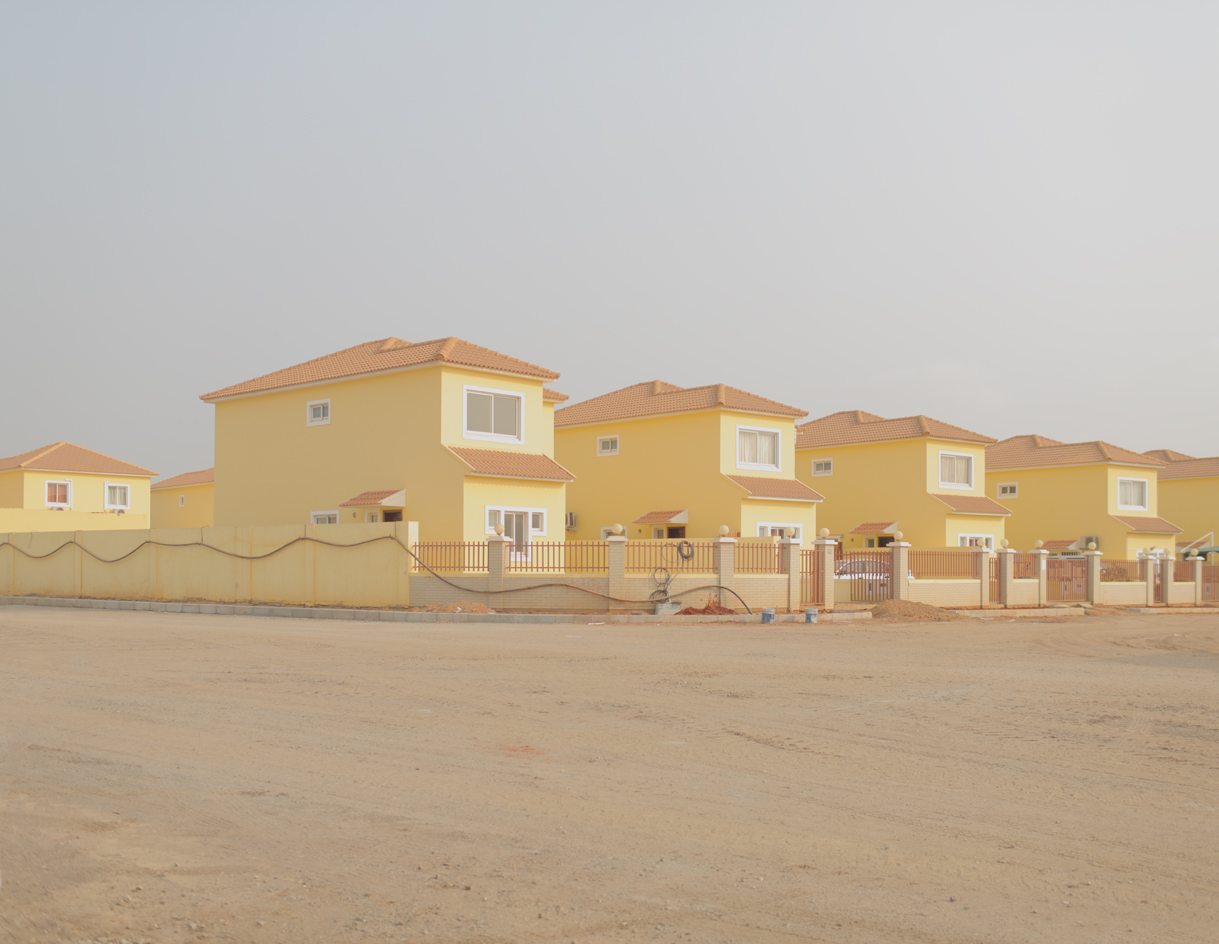
A photograph from Michael Macgarry’s Kilamba Kiaxi series, 2016, largely shot in a deserted Angolan city of the same name, which had been the biggest single investment project by China in Africa
With the share of the continent’s population living in cities set to pass 50 per cent by the end of this decade, Africa State of Mind devotes considerable space to the urban environment. Here we see a world in the midst of perpetual change. Photographers such as Michael Tsegaye and Hicham Gardaf chart the changing face of cities such as Addis Ababa and Casablanca, amidst the wave of hectic development sweeping large parts of the continent. François-Xavier Gbré’s pictures of incomplete or abandoned buildings in West Africa illustrate how dreams of progress can be quickly stymied by sudden shifts in the economic or political climate. And in Angola, Michael MacGarry shows how the impact of oil wealth and foreign money is reshaping the urban landscape (see W*238). His photos document life in Kilamba Kiaxi, a $3.5bn new city that represents the largest single investment by China in Africa. The site was built to accommodate a quarter of a million residents, but Angola’s petro-dollar-fuelled economy has pushed rents beyond the reach of most ordinary people. The result is a ghost town of deserted roads and empty apartments, a place that looks like it’s at the end, not the beginning, of its existence.
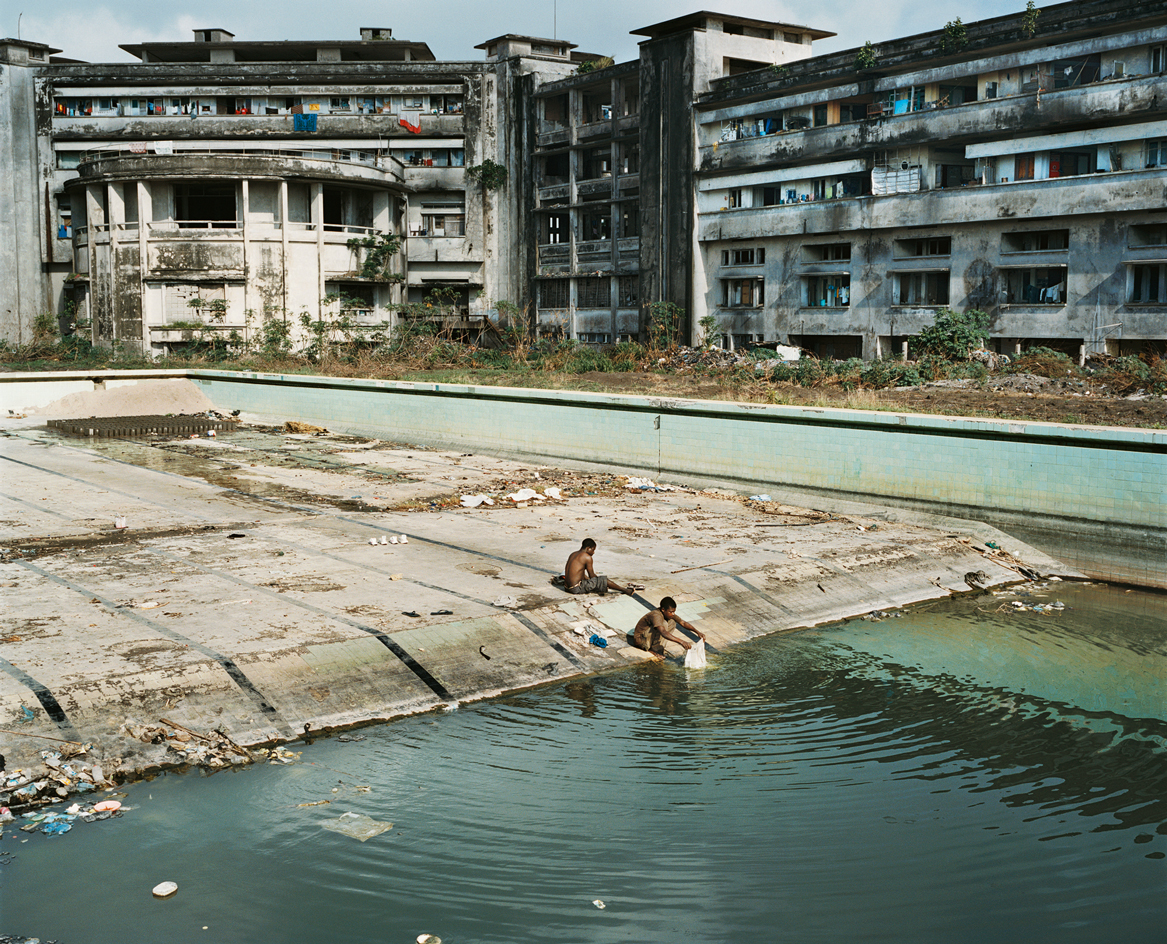
Guillaume Bonn, People washing their clothes in the swimming pool of The Grande, a once luxurious hotel in Beira, Mozambique, 2013
Inevitably the book also considers how colonialism and past independence struggles continue to impact the continent. Travelling the coastline of East Africa, Guillaume Bonn charts how regional battles have left their mark in burnt-out buildings. But Bonn grew up in Kenya and Djibouti, and even in the scarred environment he encounters, he finds his way to moments of transcendence: a joyously crowded beach in Mozambique; a woman draped in striking crimson robes entering the bombed out shell of a cathedral in Mogadishu. In Bonn’s pictures, and those of the other 50-plus photographers in the book, we see Africa through African eyes. The continent revealed as a place of paradox and possibility and everyday wonder.
Receive our daily digest of inspiration, escapism and design stories from around the world direct to your inbox.
A version of this article originally featured in the April 2020 issue of Wallpaper* (W*253) – on newsstands now
INFORMATION
Africa State of Mind (£40), available from 26 March, is published by Thames & Hudson. thamesandhudson.com
-
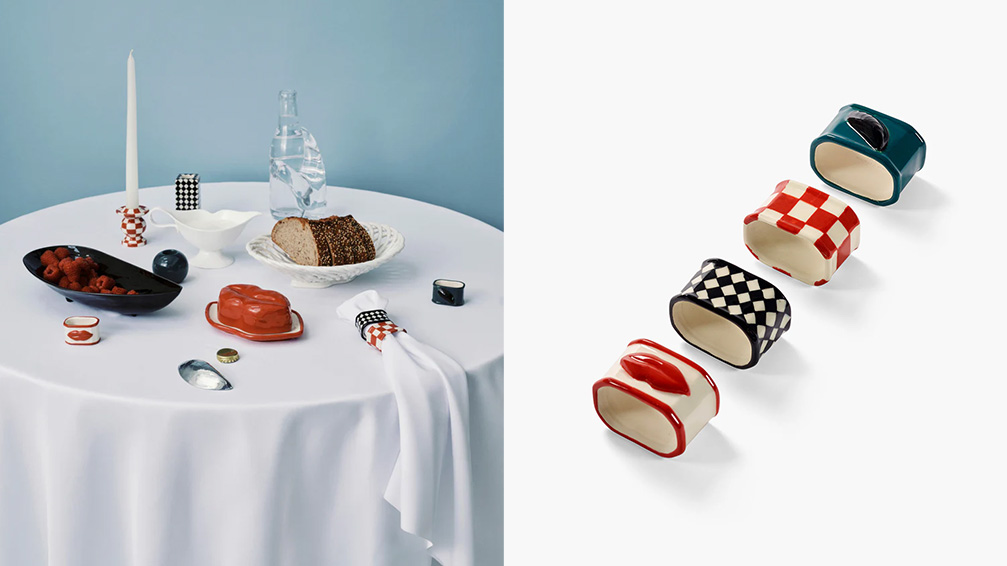 Sculptural, design-led napkin rings for festive tables
Sculptural, design-led napkin rings for festive tablesThe simple napkin ring harbours the potential to bring a stylish punch of personality to any table setting
-
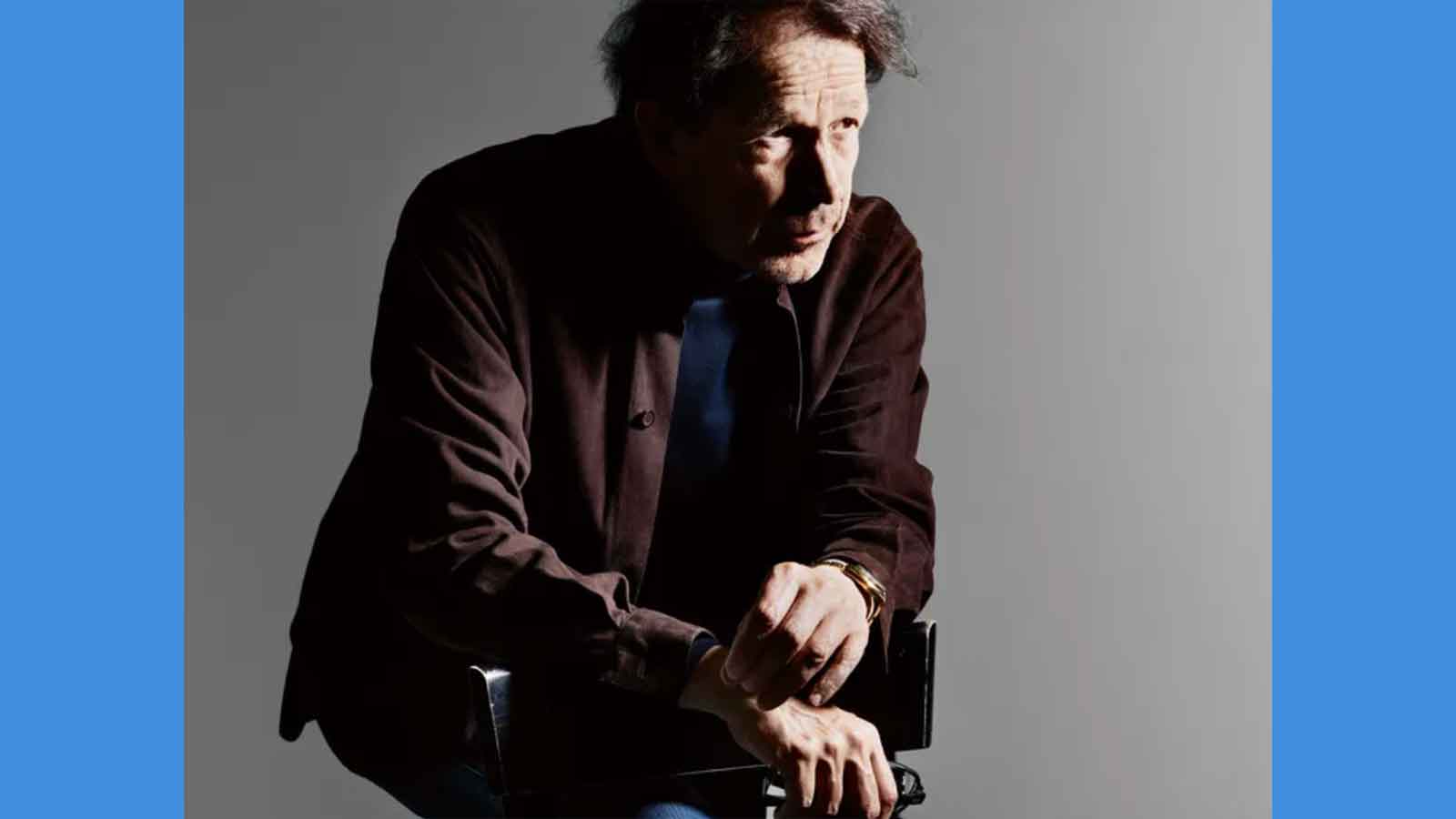 How Peter Saville came to art direct the best of contemporary culture
How Peter Saville came to art direct the best of contemporary cultureFrom Peter Saville's first steps with Factory Records and legendary album designs to his later work in art and fashion: we chart the history of the British art director
-
 Wallpaper* Gift Guides: What our Fashion & Beauty Features Director, Jack Moss, has on his wishlist
Wallpaper* Gift Guides: What our Fashion & Beauty Features Director, Jack Moss, has on his wishlistFestive gifting is about a balance of indulgence and comfort, says Wallpaper* Fashion & Beauty Features Director Jack Moss – here encapsulated in silk slippers, classic pyjamas and an oil cleanser based on ancient bathing rituals
-
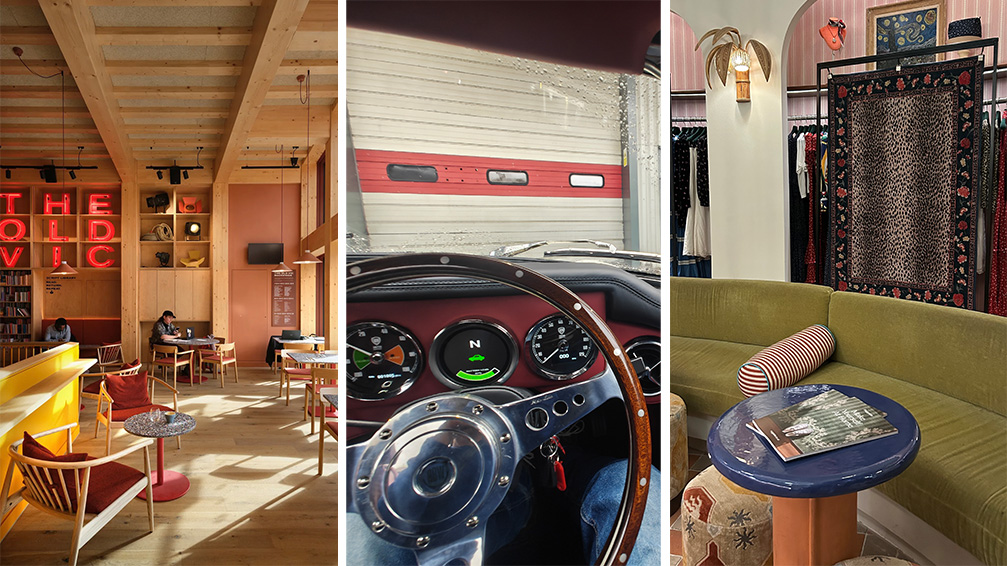 Out of office: The Wallpaper* editors’ picks of the week
Out of office: The Wallpaper* editors’ picks of the weekThe rain is falling, the nights are closing in, and it’s still a bit too early to get excited for Christmas, but this week, the Wallpaper* team brought warmth to the gloom with cosy interiors, good books, and a Hebridean dram
-
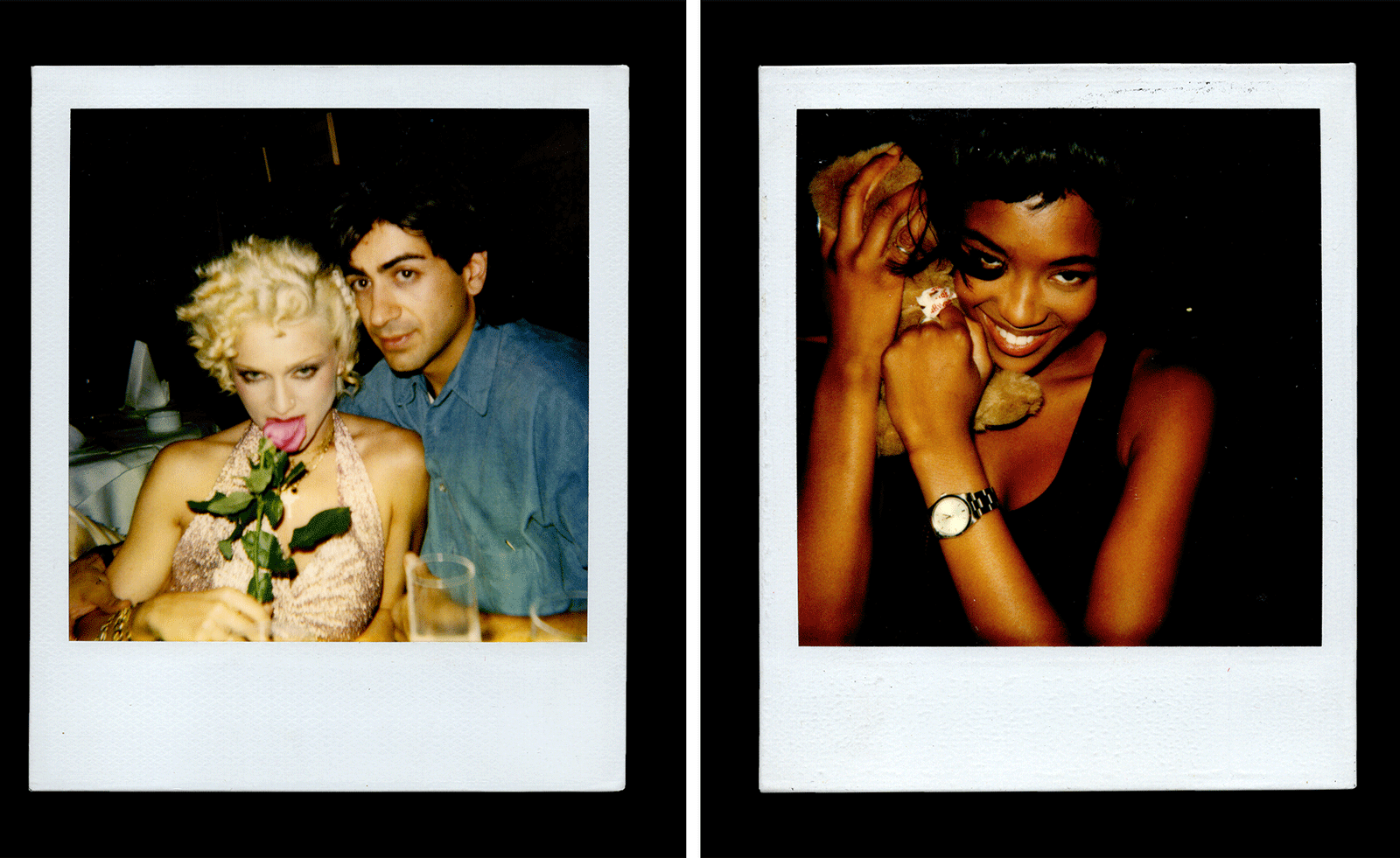 Inside Davé, Polaroids from a little-known Paris hotspot where the A-list played
Inside Davé, Polaroids from a little-known Paris hotspot where the A-list playedChinese restaurant Davé drew in A-list celebrities for three decades. What happened behind closed doors? A new book of Polaroids looks back
-
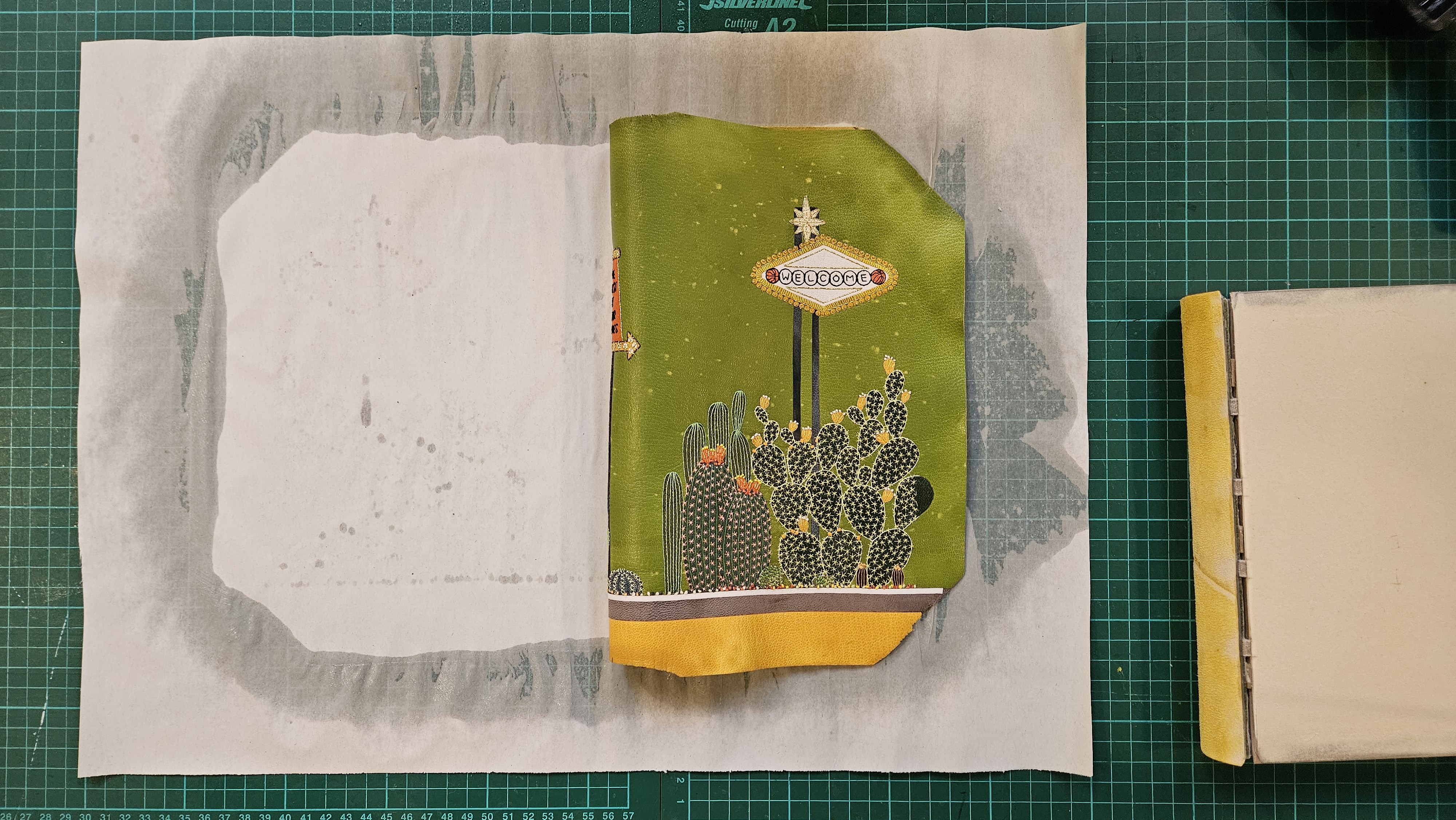 Inside the process of creating the one-of-a-kind book edition gifted to the Booker Prize shortlisted authors
Inside the process of creating the one-of-a-kind book edition gifted to the Booker Prize shortlisted authorsFor over 30 years each work on the Booker Prize shortlist are assigned an artisan bookbinder to produce a one-off edition for the author. We meet one of the artists behind this year’s creations
-
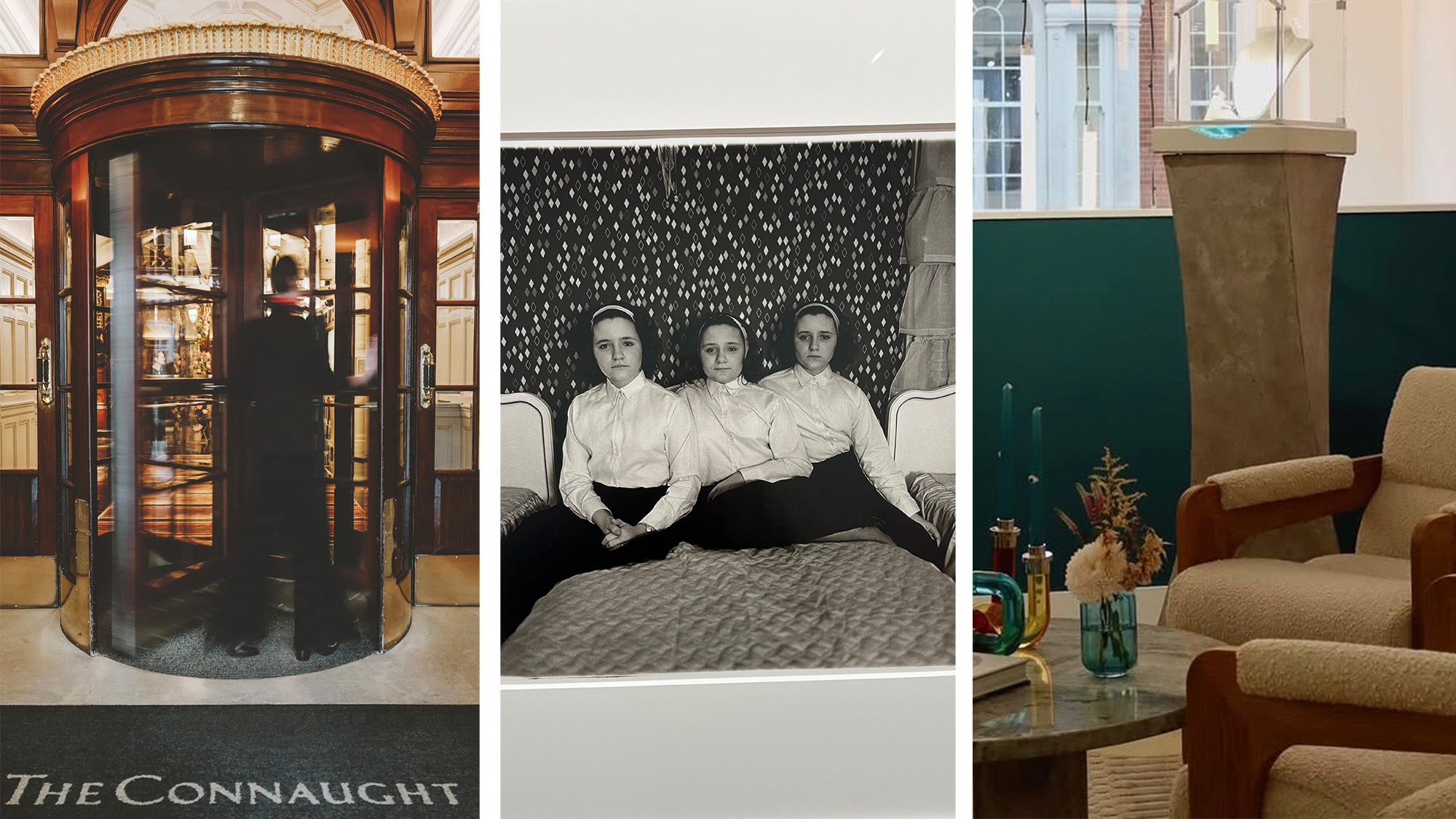 Out of office: The Wallpaper* editors’ picks of the week
Out of office: The Wallpaper* editors’ picks of the weekThis week, the Wallpaper* editors curated a diverse mix of experiences, from meeting diamond entrepreneurs and exploring perfume exhibitions to indulging in the the spectacle of a Middle Eastern Christmas
-
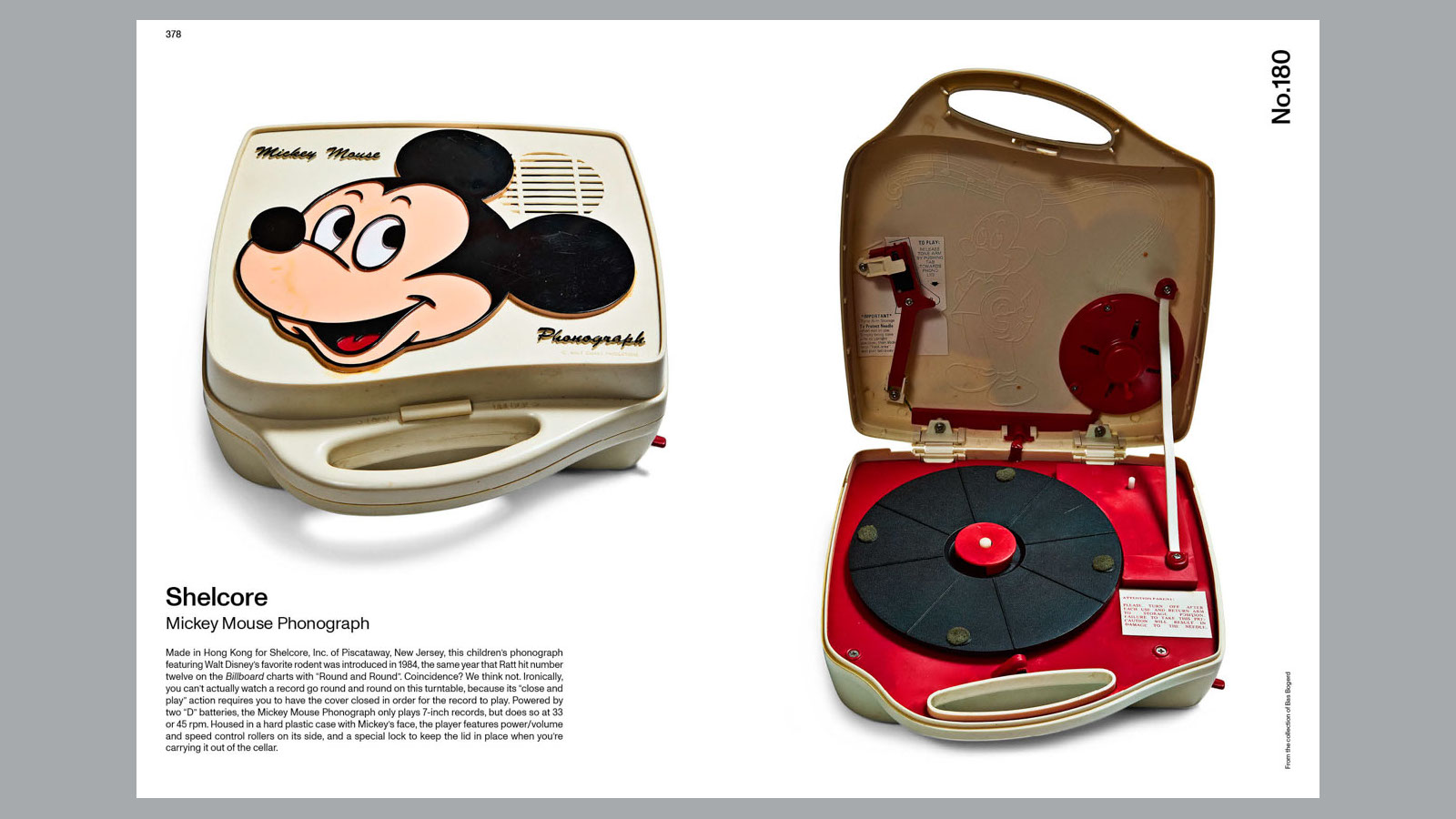 14 of the best new books for music buffs
14 of the best new books for music buffsFrom music-making tech to NME cover stars, portable turntables and the story behind industry legends – new books about the culture and craft of recorded sound
-
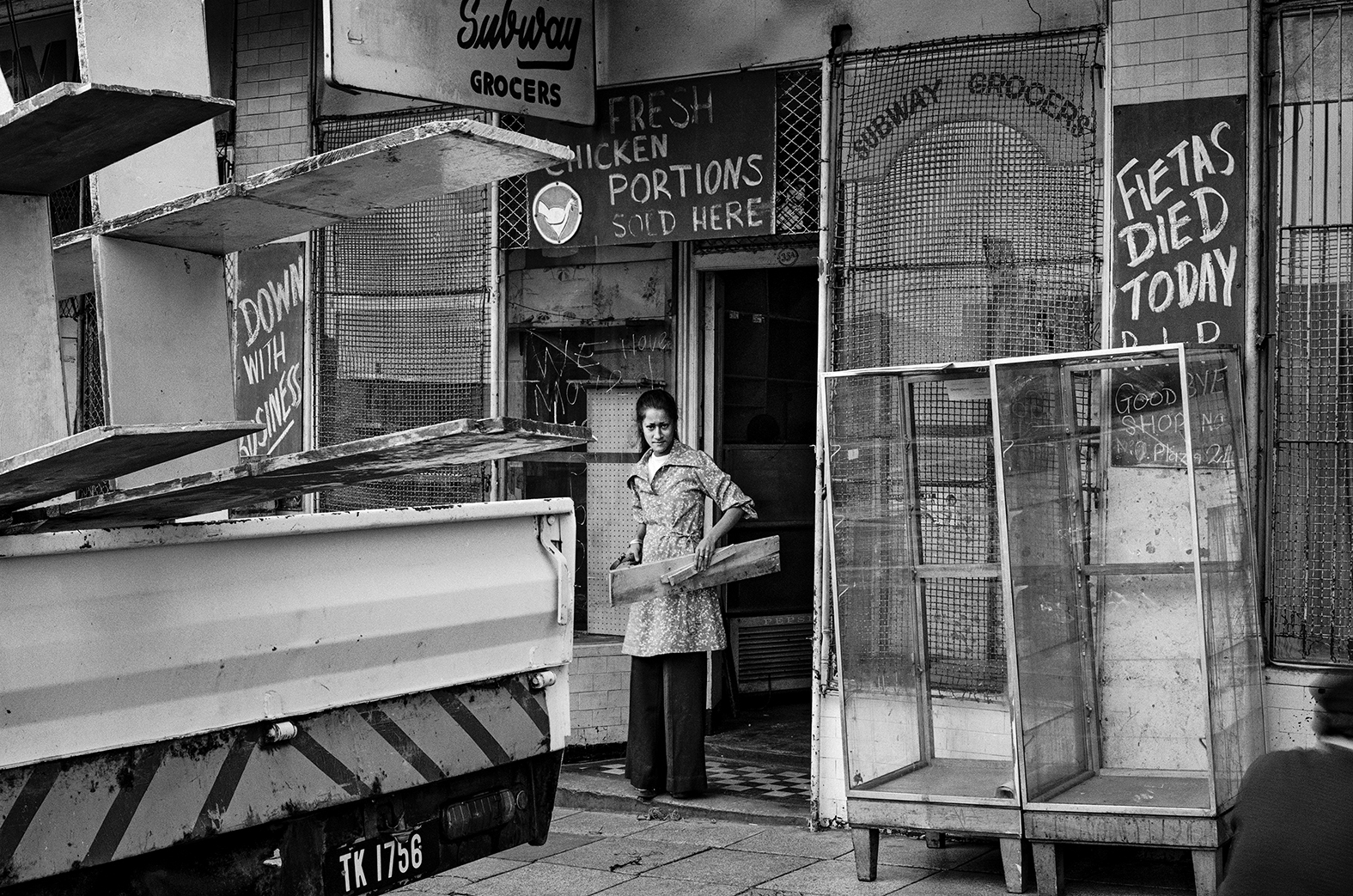 David Goldblatt captures intimate portraits of Johannesburg during apartheid
David Goldblatt captures intimate portraits of Johannesburg during apartheidBetween 1948 and 2016, David Goldblatt returned periodically to Fietas, a suburb in the west of Johannesburg’s city centre, to photograph the impact of apartheid legislation on its residents and landscape. The resulting photographs have now been collected and published for the first time
-
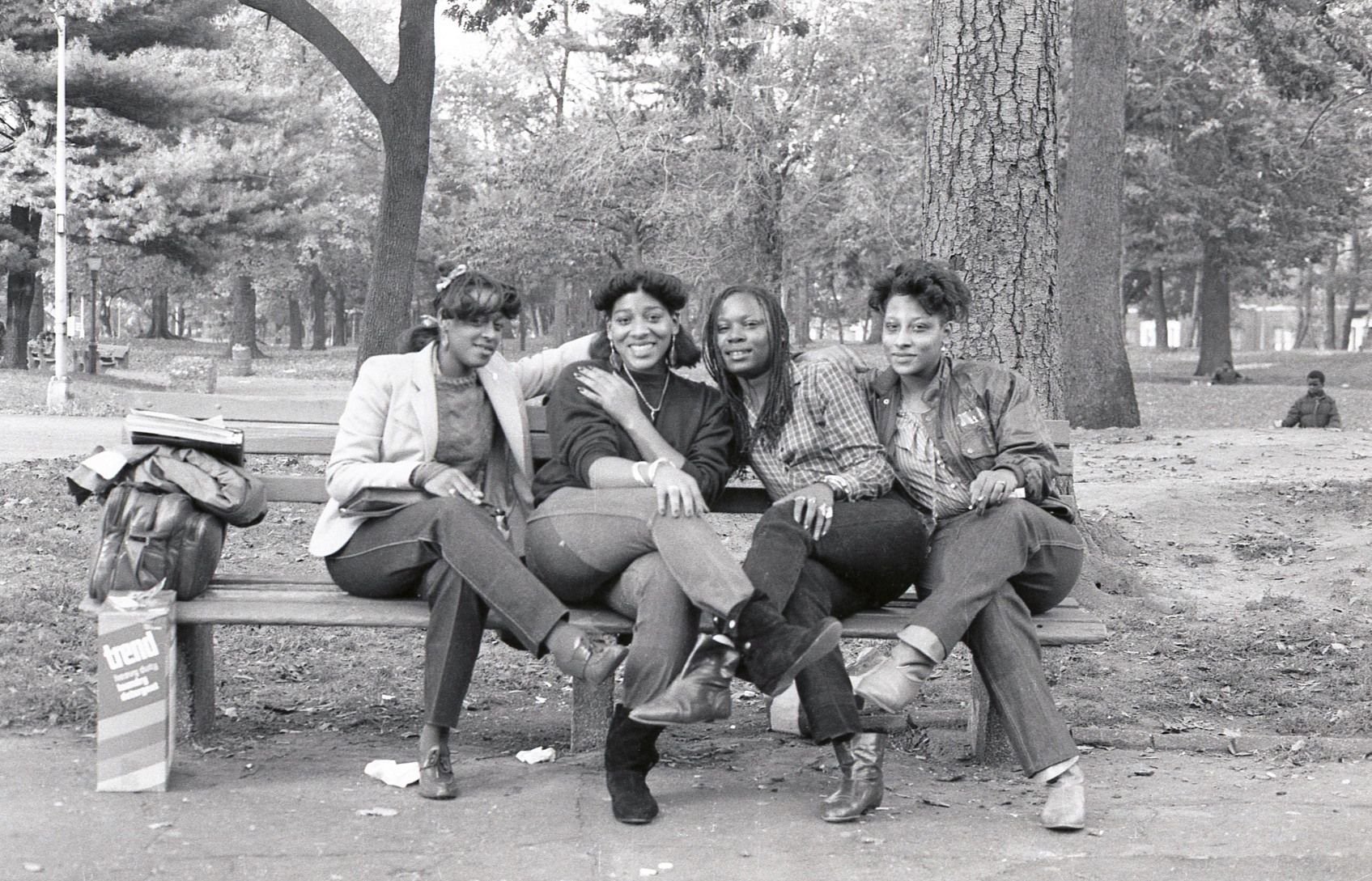 Jamel Shabazz’s photographs are a love letter to Prospect Park
Jamel Shabazz’s photographs are a love letter to Prospect ParkIn a new book, ‘Prospect Park: Photographs of a Brooklyn Oasis, 1980 to 2025’, Jamel Shabazz discovers a warmer side of human nature
-
 A life’s work: Hans Ulrich Obrist on art, meaning and being driven
A life’s work: Hans Ulrich Obrist on art, meaning and being drivenAs the curator, critic and artistic director of Serpentine Galleries publishes his memoir, ‘Life in Progress’, he tells us what gets him out of bed in the morning